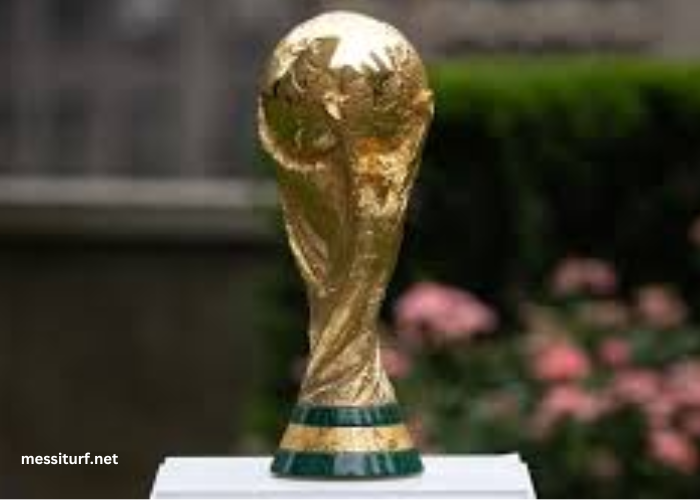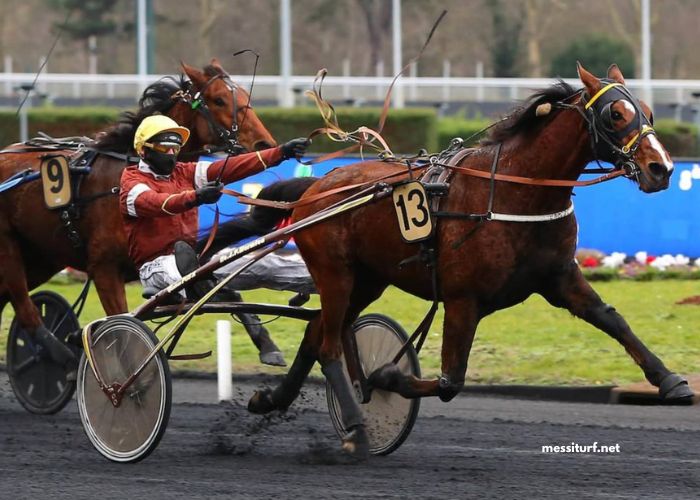In the realm of international football, few events evoke as much excitement, passion, and anticipation as the Coupe Du Monde, commonly known as the FIFA World Cup. This quadrennial extravaganza brings together nations from every corner of the globe, igniting a fervor that transcends borders, cultures, and languages. As we delve into the history, significance, and allure of the Coupe Du Monde, we embark on a journey through the annals of footballing greatness, exploring the moments that have defined this unparalleled spectacle.
A Historical Odyssey
The inception of the Coupe Du Monde traces back to 1930 when the inaugural tournament took place in Uruguay. With just 13 participating teams, the stage was set for a historic showdown that would captivate the world. From the iconic goal by Lucien Laurent in the opening match to Uruguay’s triumphant victory in the final, the inaugural World Cup set the precedent for decades of footballing excellence.
Over the years, the Coupe Du Monde has evolved into a global phenomenon, showcasing the talent, skill, and passion of players from diverse backgrounds. From the emergence of legendary figures like Pelé and Diego Maradona to the rise of powerhouse teams such as Brazil, Germany, and Argentina, each tournament has added new chapters to the storied history of international football.
Cultural Impact and Global Unity
Beyond the realm of sports, the Coupe Du Monde holds immense cultural significance, serving as a catalyst for unity, celebration, and camaraderie. As nations rally behind their teams, stadiums pulsate with energy, and streets come alive with the colors of flags and jerseys. The World Cup transcends linguistic and cultural barriers, fostering a sense of shared humanity that unites people across continents.
Moreover, the Coupe Du Monde serves as a platform for nations to showcase their cultural heritage and national pride on the world stage. From the samba rhythms of Brazil to the tiki-taka style of Spain, each team brings its unique identity to the tournament, enriching the global tapestry of footballing culture.
Moments of Glory and Heartbreak
The history of the Coupe Du Monde is replete with moments of unparalleled drama, ecstasy, and heartbreak. From the “Hand of God” incident in 1986 to Zinedine Zidane’s headbutt in 2006, the World Cup has witnessed its fair share of controversy and intrigue. Yet, amidst the chaos, there have been moments of pure brilliance that have etched themselves into the collective memory of football fans worldwide.
Who can forget Geoff Hurst’s hat-trick in the 1966 final, securing England’s first and only World Cup title? Or the Miracle of Bern in 1954, when West Germany stunned the footballing world by defeating Hungary in the final? These moments of triumph and resilience serve as testaments to the indomitable spirit of the human endeavor, transcending the boundaries of sport.
Legacy and Future Horizons
As we look to the future, the legacy of the Coupe Du Monde continues to inspire generations of football enthusiasts around the globe. With each tournament, new stars emerge, new records are broken, and new narratives unfold, keeping the spirit of the World Cup alive and thriving.
Moreover, the Coupe Du Monde serves as a beacon of hope and aspiration for nations striving for excellence both on and off the pitch. It embodies the values of teamwork, perseverance, and sportsmanship, offering a glimpse into what can be achieved through dedication, discipline, and determination.
Conclusion
In conclusion, the Coupe Du Monde stands as a testament to the power of sport to unite, inspire, and transform lives. From its humble beginnings in 1930 to its status as the most-watched sporting event on the planet, the World Cup has captured the imagination of billions, leaving an indelible mark on the annals of human history. As we eagerly await the next chapter in this extraordinary journey, one thing remains certain: the Coupe Du Monde will continue to enchant and enthrall football fans for generations to come.




